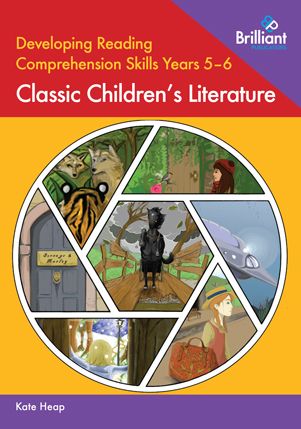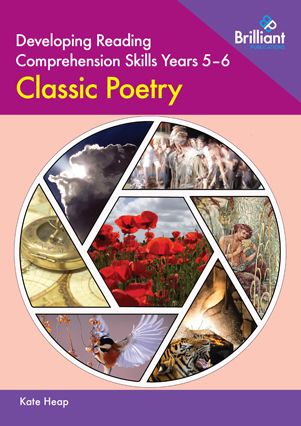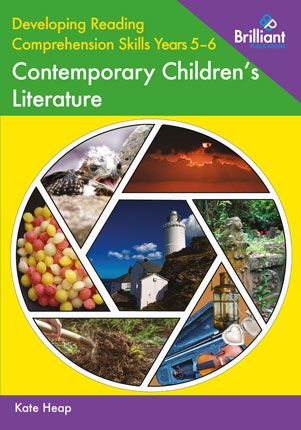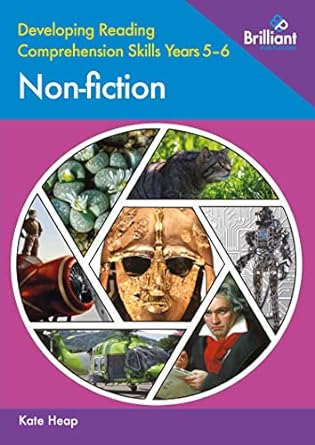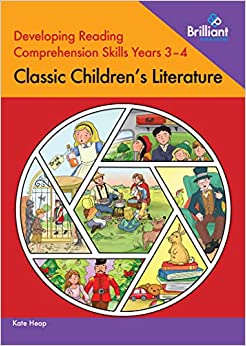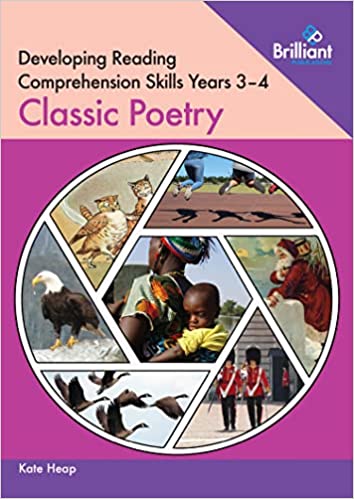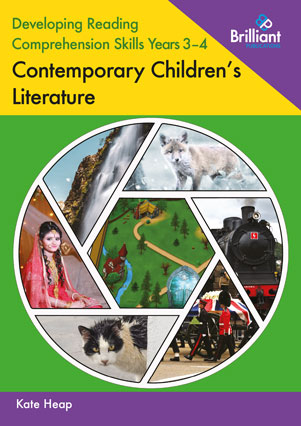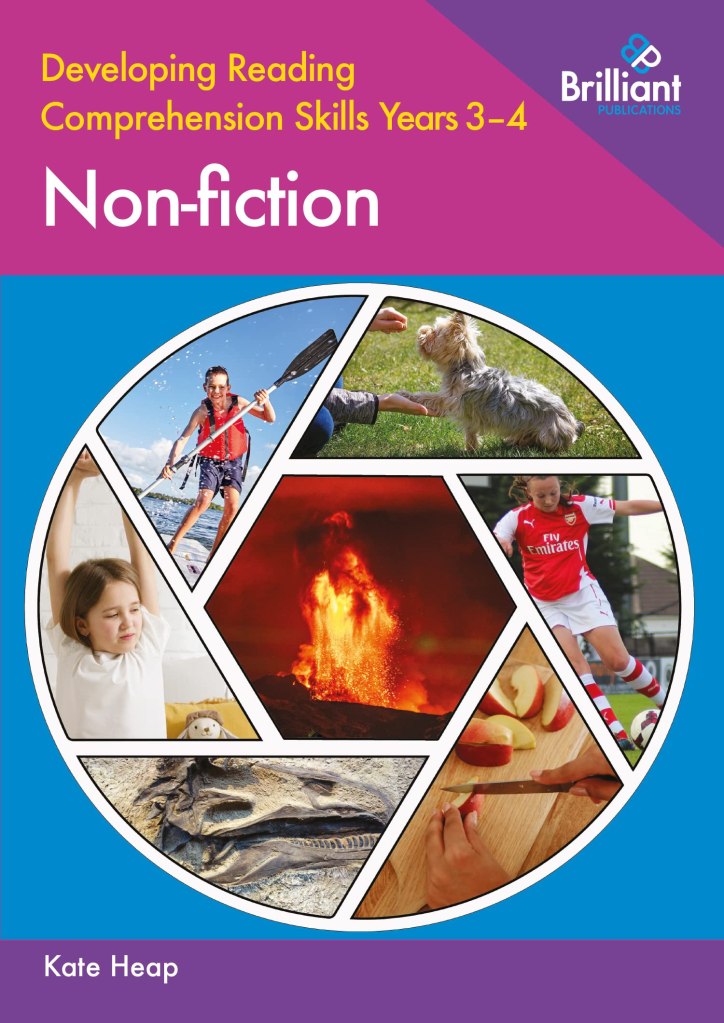

Rabbit & Bear: This Lake is Fake!
by Julian Gough & illustrated by Jim Field (Hachette Children’s Books)
The Rabbit & Bear series is wonderful for readers who love a fantastic dose of fun illustrations with their stories. With large, well-spaced print, brilliant humour and just the right amount of poo humour, developing readers will devour this silly story. I love the chunky, hard-back cover, the detailed map and the characters full of personality! Rabbit & Bear is the perfect step up from picture books to longer stories.

Bear & Bird: The Adventure and Other Stories
by Jarvis (Walker Books)

Bear & Bird is another fantastic book for making that transition from picture books to longer stories. With four short stories included, children are able to pace themselves as they tackle this “more grown up” book. The illustrations are so charming with super cute faces portraying so much emotion. Join Bear and Bird as they have fun together!

Grotti
by Leonie Lord (Walker Books)

Grotti is an absolutely gorgeous story about learning to care for someone else. Young readers will love the classic adventurous feel, Grotti’s grossness and important messages of determination and kindness.
A knight was out in the forest busy doing brave things when he met a small green creature. He didn’t have time to help this grotty little thing find his way home but he just couldn’t leave him. The knight began to sacrifice items that were important to him in order to help Grotti – he found a pushchair, a way to feed him and a way to keep him warm. Finally, they found Grotti’s parents and the knight had to say goodbye. But life just wasn’t the same without Grotti and he realised he couldn’t live without him.

Terrible Horses
by Raymond Antrobus & illustrated by Ken Wilson-Max (Walker Books)
Terrible Horses is a thought-provoking, empathy-building story of sibling rivalry. The image of a pony trying to keep up with “terrible horses” who trample, gallop and neigh reveals how lonely and sad it can be when you’re the younger sibling. It’s easy to argue and fight but understanding how the other person feels might just stop us in our tracks and help us to apologise.

Lola Loves Walkies
by Jake Hope & James Brown (Uclan)

Having a pet is a BIG responsibility. Lola Loves Walkies explores all the fun things children can do with an energetic pet: kisses and cuddles, leaping, hiding, chasing balls… Lola is always in a bush, behind a tree or hiding in long grass – never fully illustrated. Young readers will use their background knowledge and clues from the text to work out what type of animal she is. Perfect for a class read, a fun twist at the end will have children completely shocked!

The Girl and the Mermaid
by Hollie Hughes & Sarah Massini (Bloomsbury)

The Girl and the Mermaid is an enchanting story just right for Key Stage 1 topics on lighthouses and the sea. With beautiful language and gorgeous illustrations, there is so much to spot and discuss on each page. Lilting rhymes carry the reader through the story as they’re woven into the magic of the tale.
Alina loves her granny’s stories of mermaids and the sea. As Granny gets older, the memories of the stories start to fade. More than anything, Alina wants to help Granny remember and make sure these stories aren’t lost forever. The sadness of grandparents aging is linked with the importance of listening to stories of the past and ensuring oral story-telling tradition continues. This beautiful book encourages children to spend time with their grandparents and really listen.

Thank You
by Jarvis (Walker Books)

Thank You is a beautiful and oh-so-powerful book for inspiring an attitude of gratitude in children (and the adults who read with them). When we pause in our busy lives and think about all we have, there really is so much to be thankful for. Through unique illustrations and charming phrases, we realise that everything from the sun to our boots to our kitty cat and more deserves thanks (even the geese – as a Canadian, I can identify with being too afraid to get close!) Thank You can be shared again and again as children come up with their own ways to say thank you.

The Most Amazing Thing
by Ian Hayward Robinson & Matt Shanks (Allen & Unwin)
The world is full of wonder but what is the most amazing thing? When Henry’s mother challenges him to draw a picture of the most amazing thing, he’s stumped. Everyone in his family has a different answer: life, our minds, the universe. Which is it? Henry’s mum knows the answer – it’s him. Henry is the most amazing thing. As he thinks about his life, his mind and his place in the universe, he realises the every person is unique and absolutely amazing!

Pink Trucks
by Sam Clarke & Cory Reid (Five Quills)

Stink loves trucks of all shapes and sizes. He also loves the colour pink. But, can trucks be pink? He’s never seen one. What are these strange colour rules that mean trucks can’t be pink? It just doesn’t make any sense to him. He decides to break the so-called rules and make a pink truck of his own. Everyone agrees it’s super cool and the best truck ever!
Pink Trucks encourages children to think beyond what everyone expects and find things that make them happy. They don’t have to follow arbitrary societal rules. Trucks are for everyone, pink is for everyone and there’s no reason why Stink can’t love them both.

Dance with Oti: The Turtle Tango
by Oti Mabuse & Samara Hardy (Walker Books)

Movement and music are key to good health and well-being. Oti Mabuse’s lively picture book series features fun connections to nature and dance inspirations every child can use. Readers are encouraged to flap like a fish, wobble like a jellyfish and scuttle like a crab. Dance with Oti: The Turtle Tango would make a brilliant introduction to an EYFS or KS1 PE lesson as children come up with their own dance sequences inspired by creatures under the sea.

Molly, Olive & Dexter: You Can’t Catch Me!
by Catherine Rayner (Walker Books)

Molly the hare, Olive the owl and Dexter the fox are charming friends who love to play together in the woods. They’re having a great time until Dexter starts to feel like he isn’t as good as the others. He doesn’t have wings like an owl or strong feet like a hare. What are foxes good at? After a while, he realises everyone is good at something and foxes are good at coming up with a clever plan!
Catherine Rayner’s illustrations are beautiful with soft, muted colours and a gorgeous trio of chacters. Readers of all ages will fall in love with Molly, Olive and Dexter and seek out all the books in this lovely series.

Bud
by Laura Hambleton (Bloomsbury)

Bud is a tiny rosebud on a big adventure! Life inside the greenhouse is warm and safe but when Bud is planted outside, he encounters all sorts of dangers! As he grows stronger and stronger, he realises it’s not so bad outside and he has many new friends. A fantastic mix of fiction and non-fiction, Bud teaches readers about the life cycle of a rose and what plants need to survive. Extra information at the end of the book shows children how roses grow and how to grow their own plant.
We’ve been working on our “Grow Your Own” badge at Brownies so I’m definitely going to share this book with the girls!

We are the Wibbly! A Tadpole’s Tail
by Sarah Tagholm & Jane McGuinness (Bloomsbury)

Told from the point of view of an innocent tadpole, We are the Wibbly follows all the amazing changes that take place as an egg transforms into a frog. This fun little tadpole finds every stage hugely surprising. What is happening to his body?! He watches his friends transform and then experiences it for himself. The tadpole’s use of emerging langugage emphasises new life and adds to the charm of the book. Children will learn about lifecycles and be encouraged in times when they feel they aren’t keeping up with their friends.

Footprint
by Phil Cummings and Sally Soweal Han (Allen & Unwin)

Footprint encouages readers to be at one with nature, connected by breath and beauty. Stunning illustrations take us around the world through forests, rivers, mountains and deserts. Threats of melting ice, rising seas and polluted air cover this beautiful world in darkness. Readers are encouraged to stop and reflect on what we need to do so our footprints create a future where everyone can breathe.

Our Wild Garden
by Daniel Seton & illustrated by Pieter Fannes (Pushkin Childrens)
When Poppy and Ali learn about rewilding at school, they realise their neat and tidy garden might not be the best place for wildlife. With Mum and Dad’s help, they add a pond, let the flowerbed grow a bit wild and stop cutting the lawn so short. Soon all sorts of amazing creatures move in! Their garden becomes a haven for insects, amphibians and birds. At night, they can watch foxes, badgers and hedgehogs explore. Through every season, they support wildlife and make their garden a safe place.
This book is an inspiration. Children will see how easy it is to turn an outdoor space into a home for wildlife. Our Wild Garden is the perfect jumping off point for a family rewilding project and is sure to encourage many children to get their parents on-board with valuable changes. Schools will also be able to use these ideas to start their own wild gardens where children can experience wildlife every day.
Books by Kate Heap (ad):
Order Fiction & Poetry and Non-fiction for Year Two on the links below:
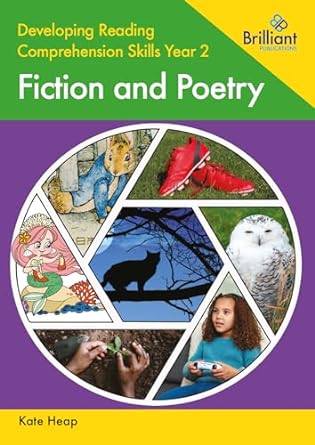

Books for Years 3 -6:
